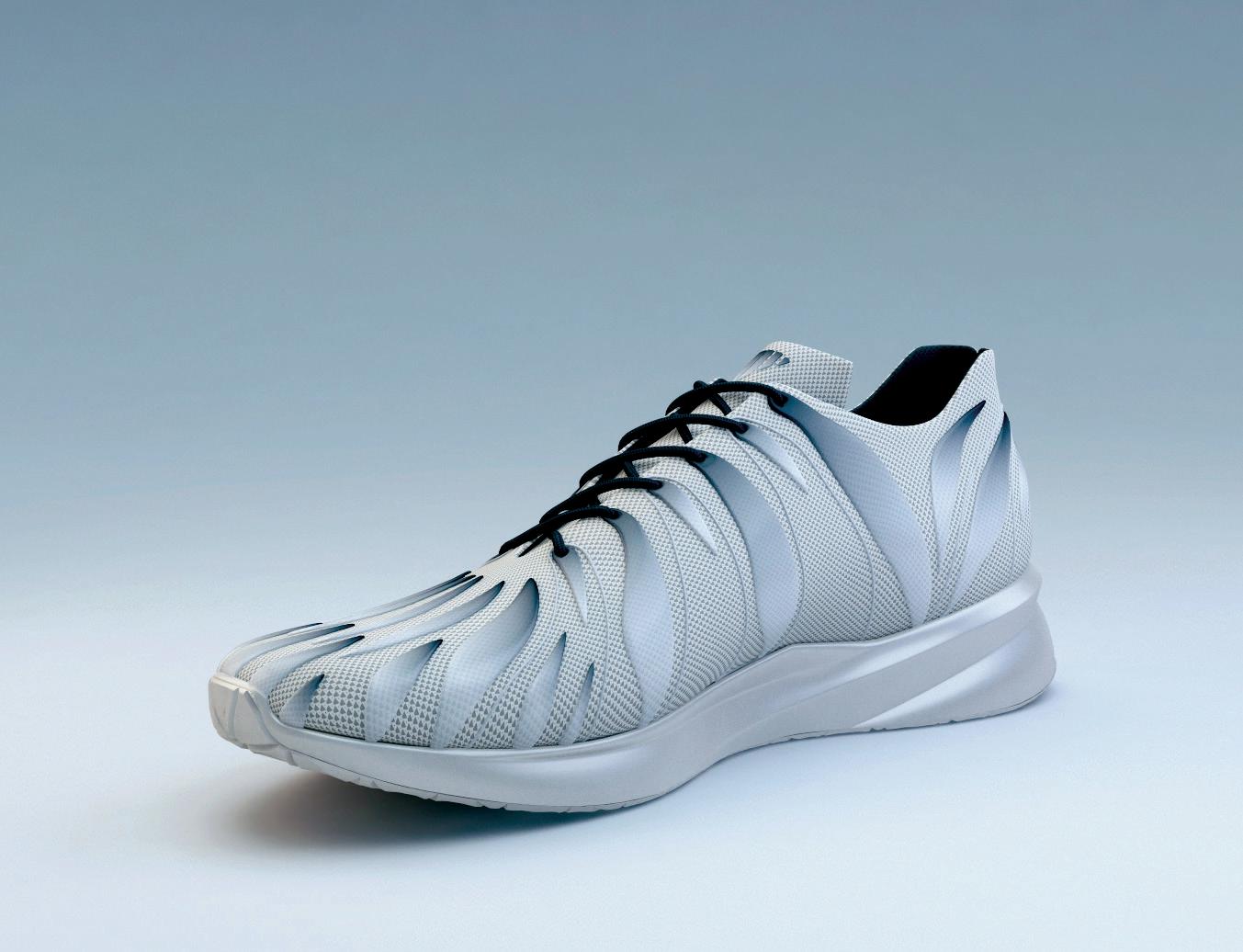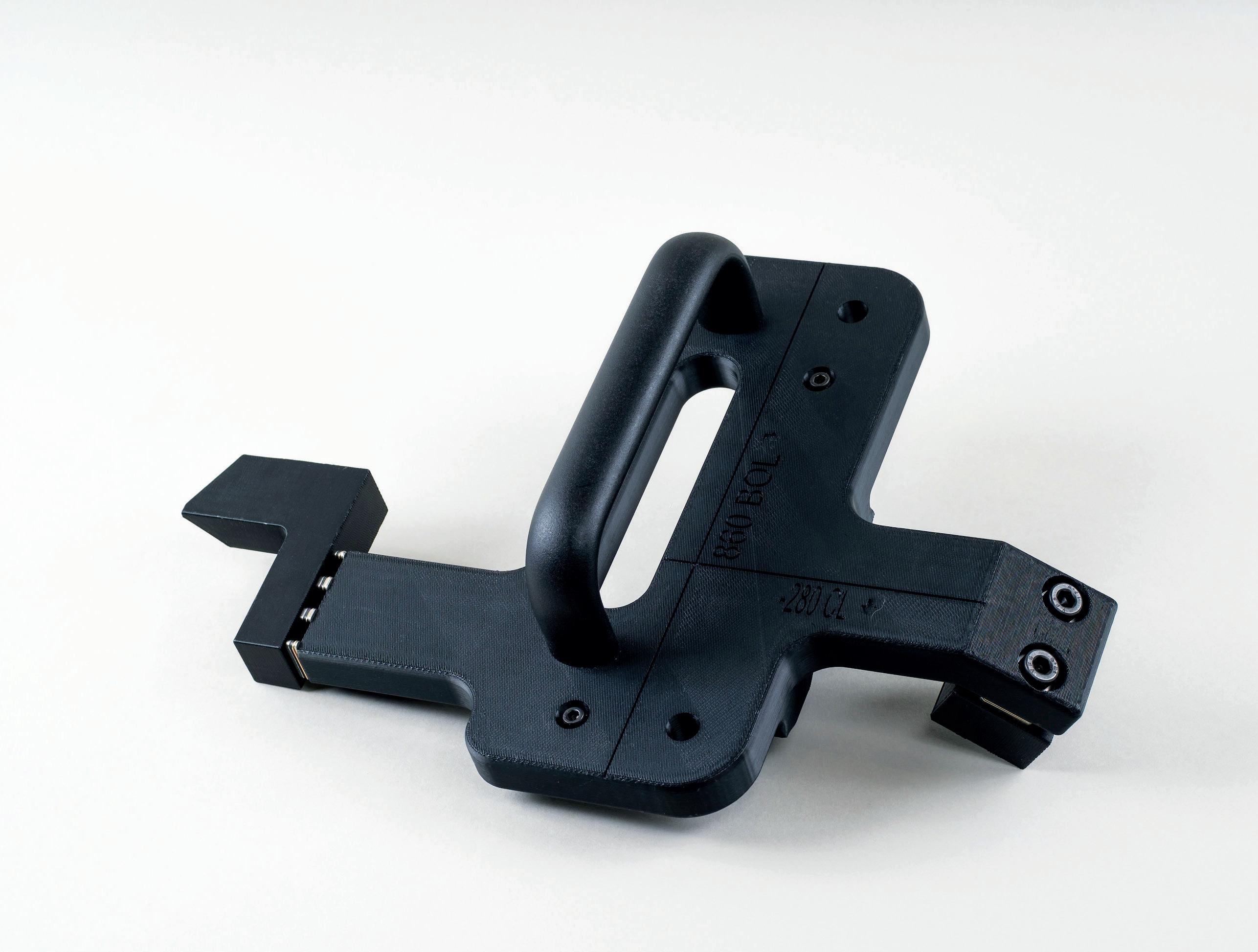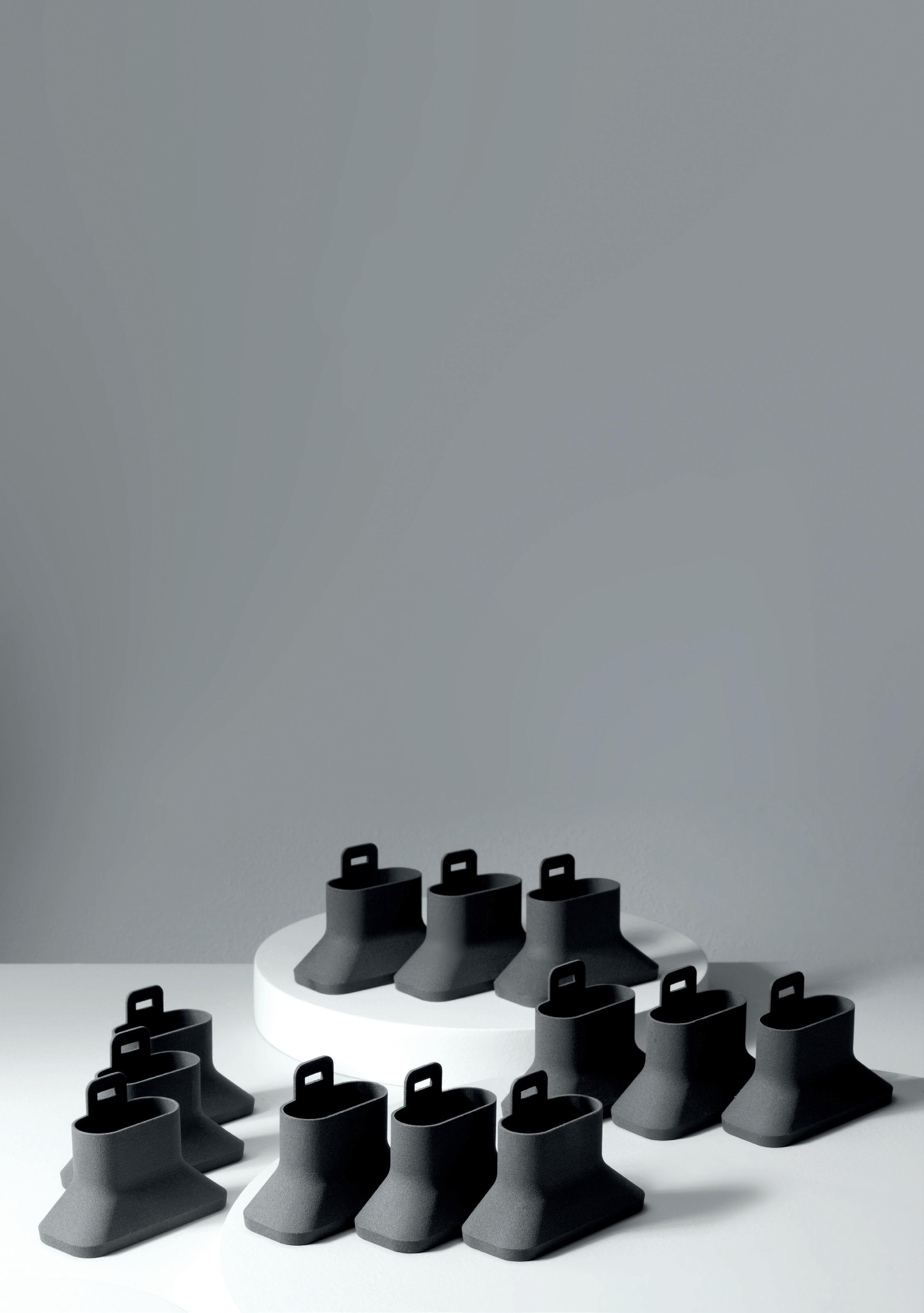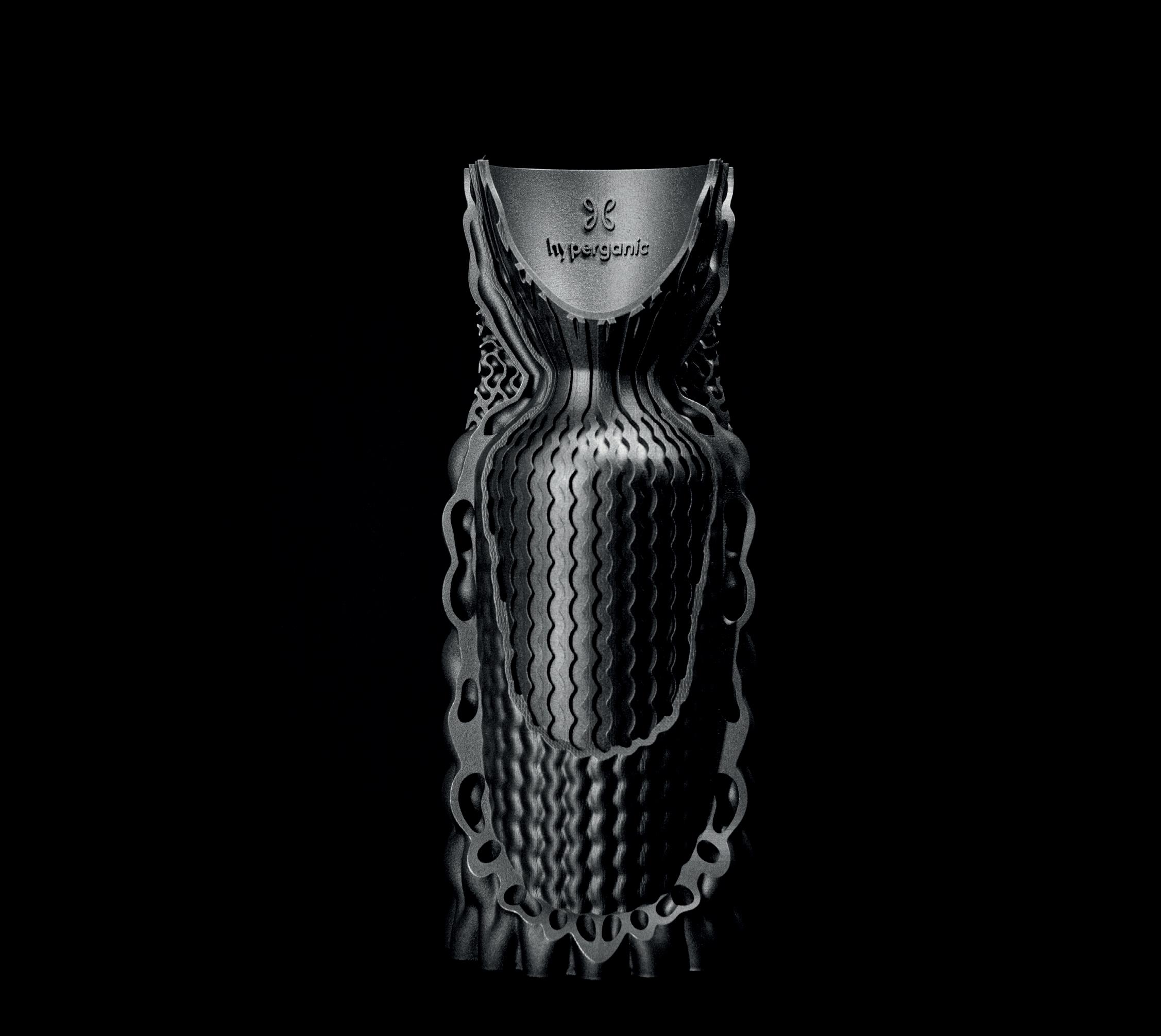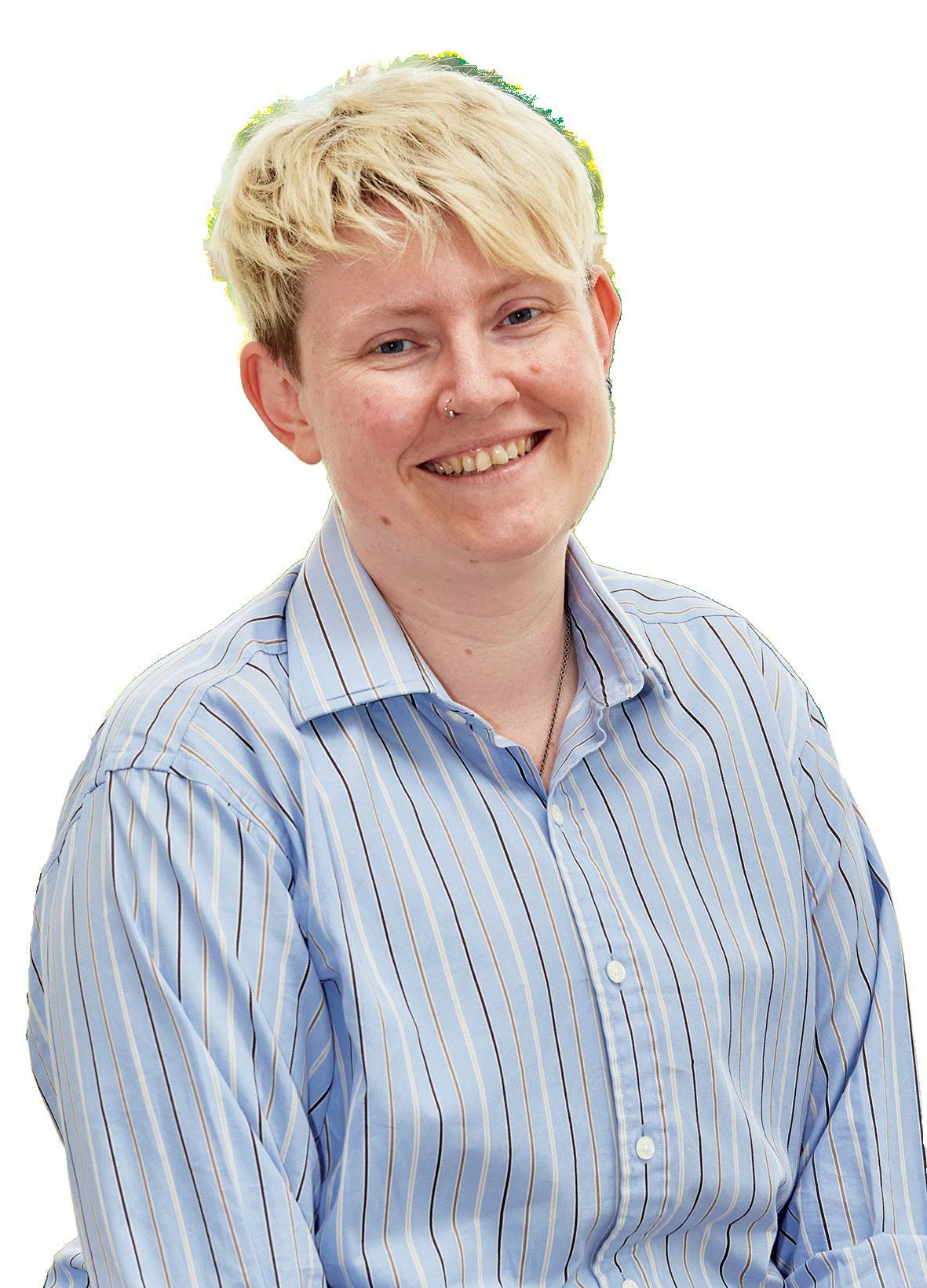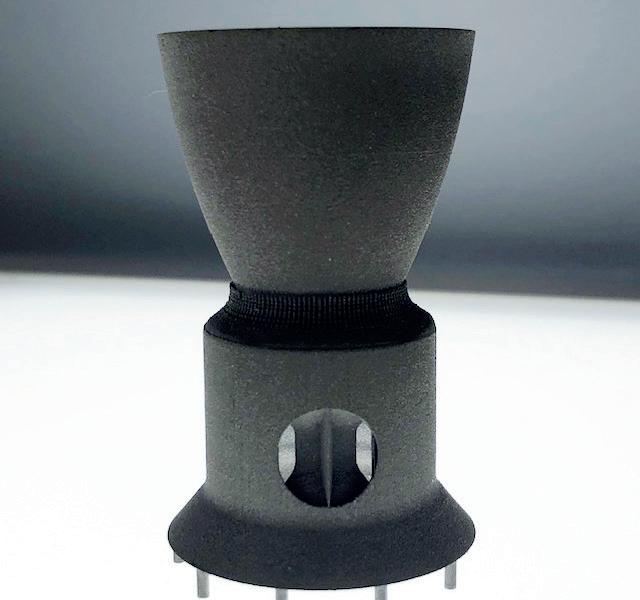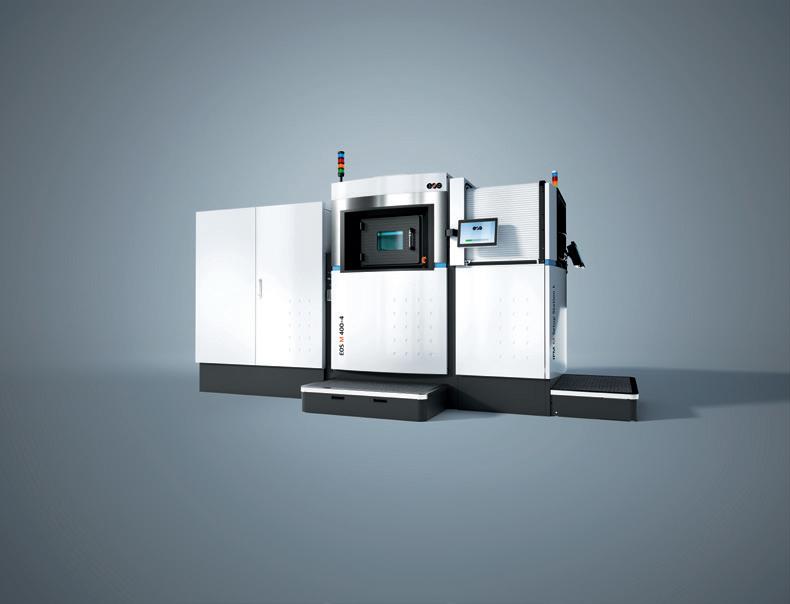
3 minute read
THE NEXE WORLD
from TCT Europe 29.5
by TCT Magazine
WORDS: SAM DAVIES
THE NEXE WORLD
How 3D printing is helping to develop more sustainable coffee pods.
Sixty 3D printed parts rest on a pegboard on a wall inside a Greater Vancouver office. It is the visual representation of how far NEXE Innovations has come in five years as it strived to commercialise its flagship coffee pod product. From one part to the next, there’s an almost unnoticeable difference, and then every so often, ‘eureka’.
NEXE was founded by Darren Footz, previously of Granville Island Coffee Company, to bring to market a plant-based, fully compostable coffee pod to combat the amount of such products we pour into landfill every year. While it moved through its design validation phase, in 3D printing the company saw a prototyping method that, through the use of PLA material, would align with these values. With every wall thickness tweak, the previous prototype was naturally recycled, while the alternative might have seen them dispose of tonnes worth of injection moulds as it moved through the 60 iterations.
“Every time we need a new half tonne block of steel [for example] – if we want to do that 60 times, and then just throw them in the trash because the prototype didn’t work, that’s very wasteful,” NEXE Chief Science Officer Zac Hudson told TCT. “Whereas with the printing process, the only waste is the compostable parts that you can then throw on the compost.”
The more typically revered benefits of 3D printed prototypes – time and money savings – haven’t gone unnoticed at NEXE either. Instead of ordering a new stainless-steel mould every time a new design iteration is needed, NEXE simply adjusted the CAD design and was able to print a new part inside 30 minutes. This, Hudson projects, would save the company weeks at a time, and over the course of the five years, sped the product development process up by a factor of five.
It has become a tried and trusted technique for NEXE, who commercialised the NEXE pod in April 2021 and a smaller Nespresso pod three months later. While Hudson doubts the technology will ever be used for production by NEXE because of the volumes it will be working at – 10-20 million pods per year currently and 220 million per year by 2023 – he does describe 3D printing as a ‘fantastic prototyping technology.’ The 30-minute turnaround time for a single prototype is ‘quite exceptional’ and NEXE struggles to isolate any real pain points.
In going from the prototype parts to the end-use pods, Hudson says the biggest difference is the mechanical properties because the PLA material used generates a ‘rock hard plastic’, and the specifically formulated resin that is used in the injection moulding of the final product provides the flexibility required to be used by the consumer.
“The one thing [3D printing] doesn’t let us test that well is punturability,” Hudson elaborated. “In a brewer, there’s a needle that pierces the pod and for our commercial coffee pod, they puncture very well, whereas if you just print with PLA it shatters. It lets us test the fit and the seal and some of the filling and dosing procedures, but to test the piercing we really need an actual formulation. The ability to use bespoke resins in a 3D printer would be pretty advantageous… It would allow you to prototype more closely to your finished product.”
But until that’s possible, NEXE is progressing well. 3D printing is allowing the company to explore ‘advanced pod designs’ that may have ‘a functional ingredient or an ingredient that mixes differently with what’s inside’ and expand the types of beverages able to be made with a brewing machine. The technology will also allow it to continue pushing forward with its coffee pods.
NEXE currently operates a fleet of around half a dozen Fused Deposition Modelling 3D printers to prototype its products, with its manufacturing processes also recently being reshored to further enhance the company’s workflow efficiency and sustainability.
In this market, it’s needed. If all the coffee pods the world consumer every year were lined up in a row, it would wrap around the Earth 15 times. And it is believed that between 40-60 billion plastic coffee pods are disposed of every year.
“It’s about 100,000 pods a minute,” Hudson said. “It’s a terrifying amount of plastic.”
A terrifying amount of plastic NEXE is looking to reduce. How quickly it succeeds will, in large part, be down to 3D printing.

